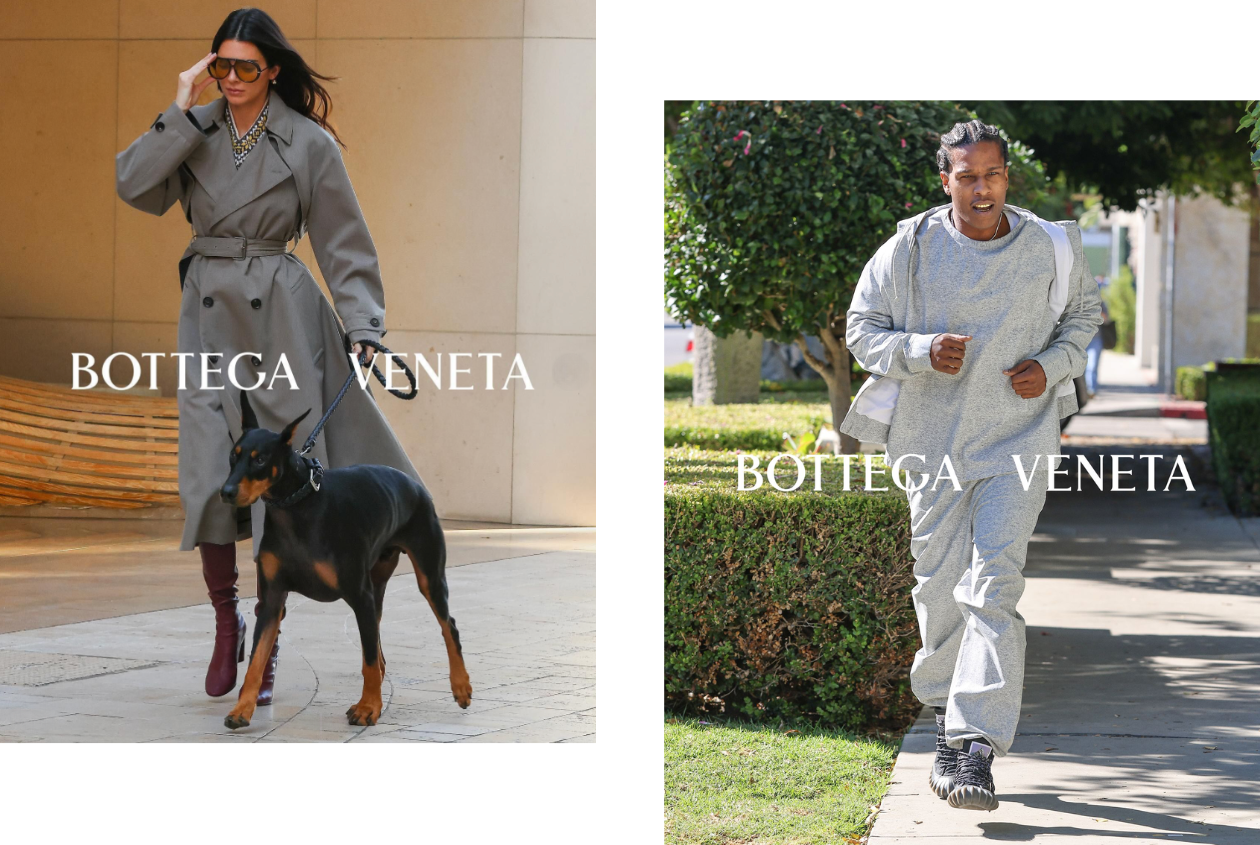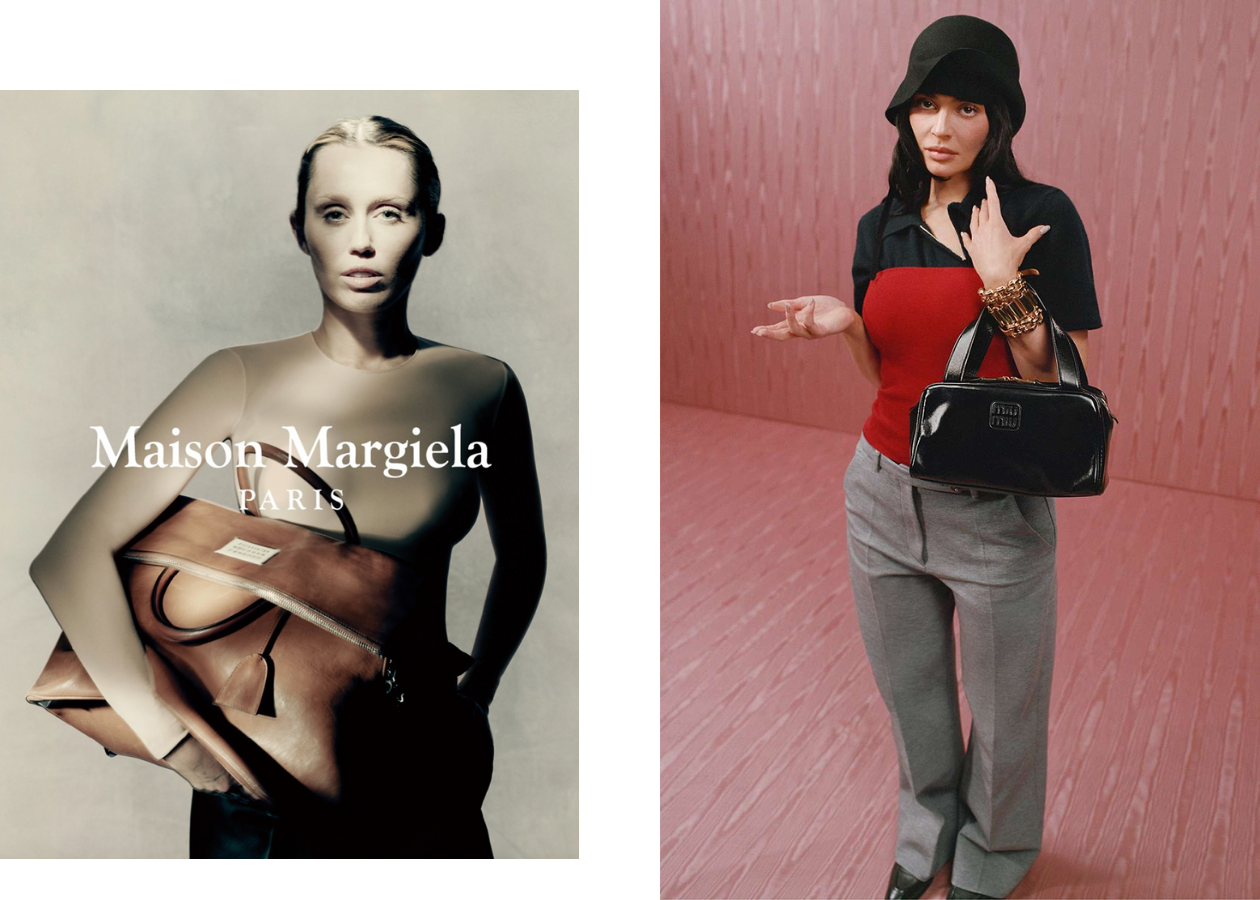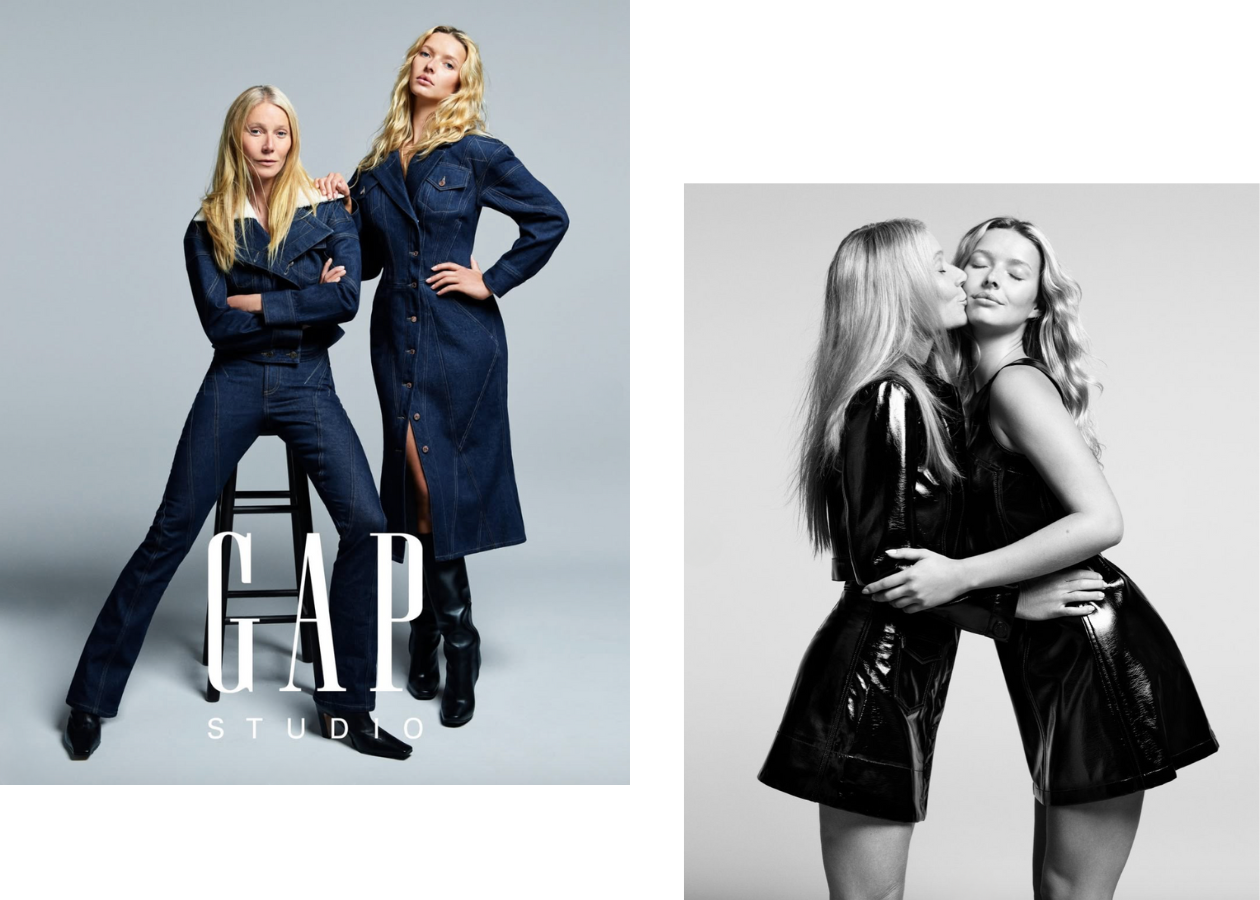There Is a Lot More to "Culture" Than Celebrity Content
Why are they all we talk about then?
Roughly a year ago, Zoe Suen interviewed me for a piece about celebrity endorsements. At the time, we were both so jaded from watching luxury fashion brands court the buzziest names of the moment, and the buzziest names of the moment hungrily rack up checks before the newer, shinier starlets entered the spotlight, that we theorized whether foregoing celebrity partnerships altogether, similar to Rick Owens, would make for a more compelling story in such a noisy media environment.
By now, an average consumer understands that there is a business arrangement behind every Instagram post, red carpet look, and fashion show appearance, especially when the brand-celebrity match prioritizes the size of reach and compensation over chemistry. Today, Sydney Sweeney is a head-to-toe Miu Miu girl, tomorrow she is a girl-next-door dripped in mall denim — the loyalty only lasts as long as the check clears. Every LVMH show features a fleet of K-pop idols whose squeaky clean media presence is optimized for attention and sales. With the exception of fool-proof concepts, like stripping Jeremy Allen White to his underwear, “celebrity” had become so bland and ubiquitous that on its own, it could hardly produce something memorable.
For a moment there, brands had to get creative. Bottega Veneta dressed A$AP Rocky and Kendall Jenner for dog walks and errands rather than red carpet moments in a staged paparazzi-style campaign. Loewe had Daniel Craig acting out of character with a shaggy hairdo and an undone belt. Prada cast Carey Mulligan to play a series of kooky characters in a theatrical SS25 campaign. Cutting through celebrity partnership noise called for either a deep cut, like Ethel Cain for Miu Miu, or throwing a big, polished name, like Nicole Kidman, into something delightfully weird and random.
And then, slowly but surely, celebrities became all we talk about again. After nearly a decade of walling themselves off from influencers, celebrities realized that befriending them, and using their platforms to promote their agenda is as, if not more, effective as working with legacy media. Not only are A-listers eating hot wings on the biggest show on YouTube and sharing personal stories on sex and dating podcasts, they are also guessing tunes and movies, taking sides in pop culture romance ships, and making cameos in comedy skits all over Reels and TikTok — something that just a few years ago, their teams would have deemed as beneath them. But most importantly, celebrities are staging their own viral moments and reoccurring bits, like the Apple dance or the Sally cameos, that keep their names in the news cycle for months and years on end, and spinning up their own media empires by starting podcasts and newsletters where they interview fellow celebrity guests. In the next 2-3 years, we’re going to wish A-listers still aspired to run beauty and alcohol brands.
Ultimately, most outlets — whether it’s legacy magazines, tabloids, grassroots publications, social-first networks, and independent creators — talk to and about the same people, promoting the same music, shows, and films. By design, celebrities and celebrity projects are either safe or inoffensively edgy, which makes them the perfect talking points of the moment when every part of our daily lives is political, even outside of the global human rights violations. Every awards ceremony, film festival, and charity gala is pulled apart into red carpet clips, quotes, or at the very least, green screen outfit critiques. If we are really lucky, a quippy political statement sneaks into an acceptance speech. So, one contract with a busy, media-savvy celebrity, like Ayo Edebiri or Timothee Chalamet, generates millions of dollars in earned media across a wide range of platforms.
Earlier this year, Margiela, a cult-followed fashion brand known for covering and distorting the faces of its runway models, shot pop star Miley Cyrus in the first ever celebrity campaign. In the past few years, it has also built a relationship with the Kardashians, and given all the attention that Kim has received for doing red carpet interviews in a full face mask at the recent Academy Museum Gala alone, corporate must be happy with the results. Kardashians might be the first family who understood the value of orchestrating a steady drum of public appearances after all, so although devastating, it’s not surprising to see Kylie Jenner pose for Miu Miu alongside Towa Bird and Myha’la, and her sister Kendall cozy up with the notoriously private and mysterious Olsen sisters at The Row. Jokes on us for equating for-profit businesses to cultural institutions.
This behavior isn’t exclusive to luxury fashion either. Everlane, once a cult-followed millennial fashion brand with a focus on sustainability, featured singer Laufey in its first-ever celebrity campaign to drum up the buzz that had slowly dwindled over the past few years, and put its products in front of a younger demographic. Gap’s team has been leaning heavily into celebrity in its efforts to revitalize the brand — from the grandiose Met Gala looks and Anne Hathaway’s viral Cannes dress to the Katseye video and a mother-daughter campaign, starring Gwyneth Paltrow and Apple Martin. Even a baby New York darling Alex Mill punches above its weight every year with a holiday season pajamas collaboration with Jimmy Fallon, racking up sales and national brand recognition.
But while the second coming of celebrity craze is working out for every member of the media ecosystem, how long do they have until the pendulum inevitably swings back? A few weeks ago, I pulled the trigger and unfollowed a publication that prides itself in reporting from “the forefront of youth culture” and “championing new voices” when all it really does is trade the remains of its legacy clout for reach with a handful of buzzy names. Safe to say, I missed very little — perhaps, a Rachel Sennott quote or a recipe from Gabbriette? Although that is still more creative than the legacy media brands that have shamelessly turned their platforms into tabloid-style news aggregators.
There is very little incentive to allocate more than minimal time and effort to the boots-on-the-ground culture reporting. Hanging out at sweaty underground parties or talking to people outside of New York and LA is a lot less glamorous for the reporters who are (rightfully!) leveraging their media jobs (that don’t pay a living wage anyway) to build personal brands, and drives a lot less traffic for their employers than taking a video of Alex Consani goofing around backstage at a fashion event. But given how democratized celebrity access has become, with everyone from meme account admins and Letterboxd to GQ and New York Magazine, posted up outside of film festivals and fashion shows, professional reporting from the culture trenches is quickly becoming a differentiator between those who understand culture and those who pump out culture content with the sole purpose of turning it into revenue and selling it off to brands.
It’s disrespectful for a women’s magazine or a youth culture publication to act like all their audiences care about is why engagement ring diamonds are getting bigger and what Emma Stone wore to the premier of her new vaguely political film. There is a real case for publications whose schedule doesn’t revolve exclusively around celebrity press circuits and major industry events. So, I’d like to think Zoe and I were early, rather than wrong on the whole celebrity endorsement thing.






Thank you for writing about this, as someone who's job it is to observe culture, it's exhausting that so many "culture" conversations happen through "the celebrity lens" ... Let's talk about films, design, events, estate sales and what they say about culture today
The LVMH K-pop formula you're describing is basically algorithmic luxury at this point, where brand partnerships are reduced to attention arbitrage rather than actual cultural resonance. What's fascinating is that this celebrity saturation happens precisely when the houses are most vulnerable, using celebrity as a substitute for product innovation or meaningful storytelling. The pendulum swing you're predicting feels inevitable once consumers realize that the same faces showing up at every show, festival, and red carpet make brands indistinguisable from each other. Brands that can tell stories beyond famous faces will own the next cycle, but most are too addicted to the instant reach hit to invest in groundwork.